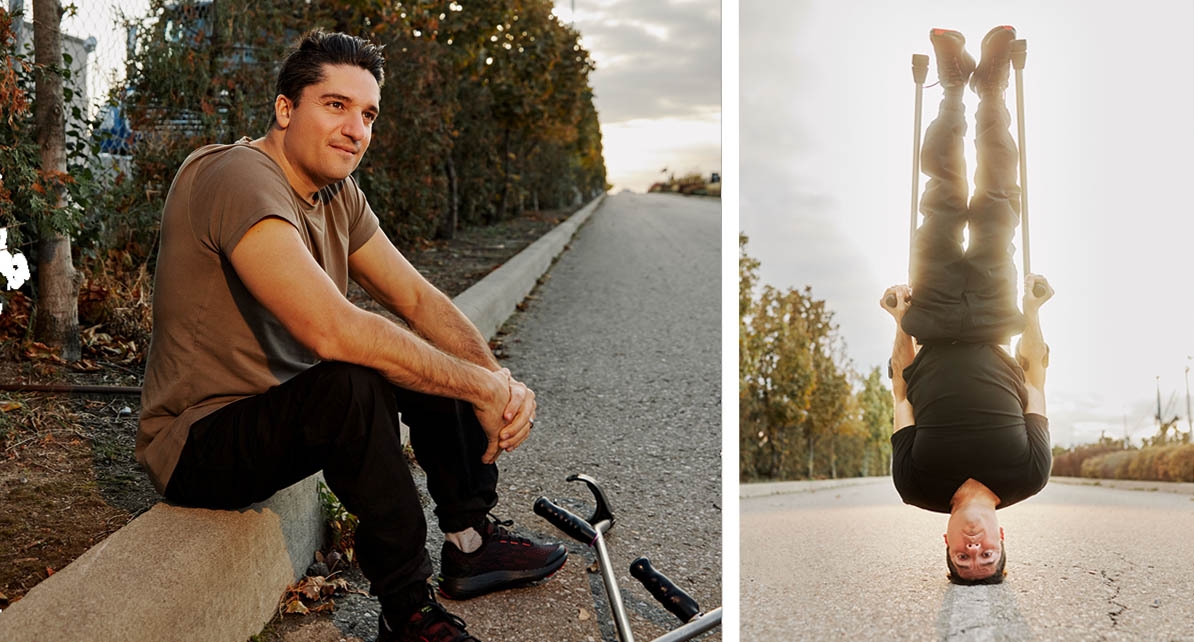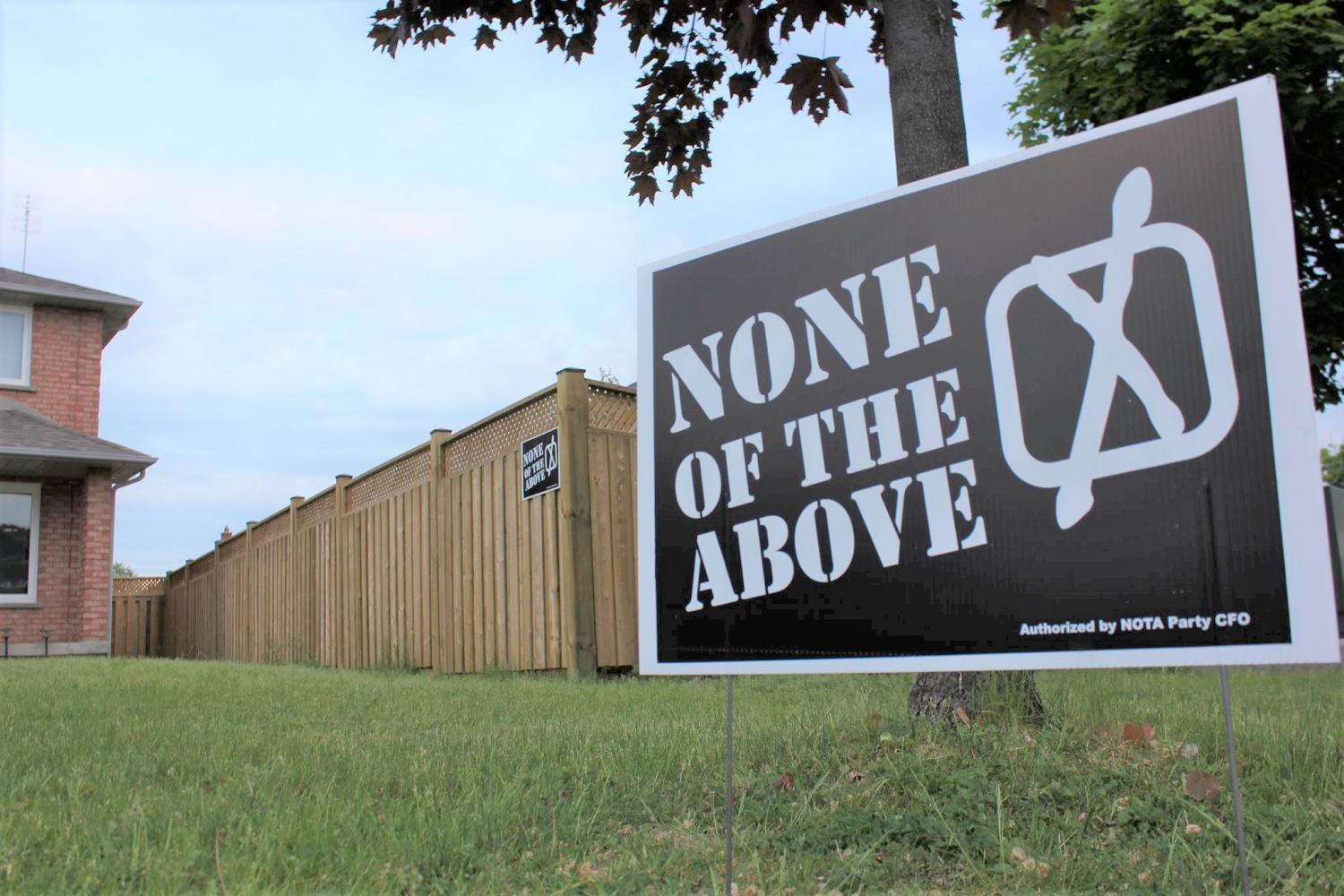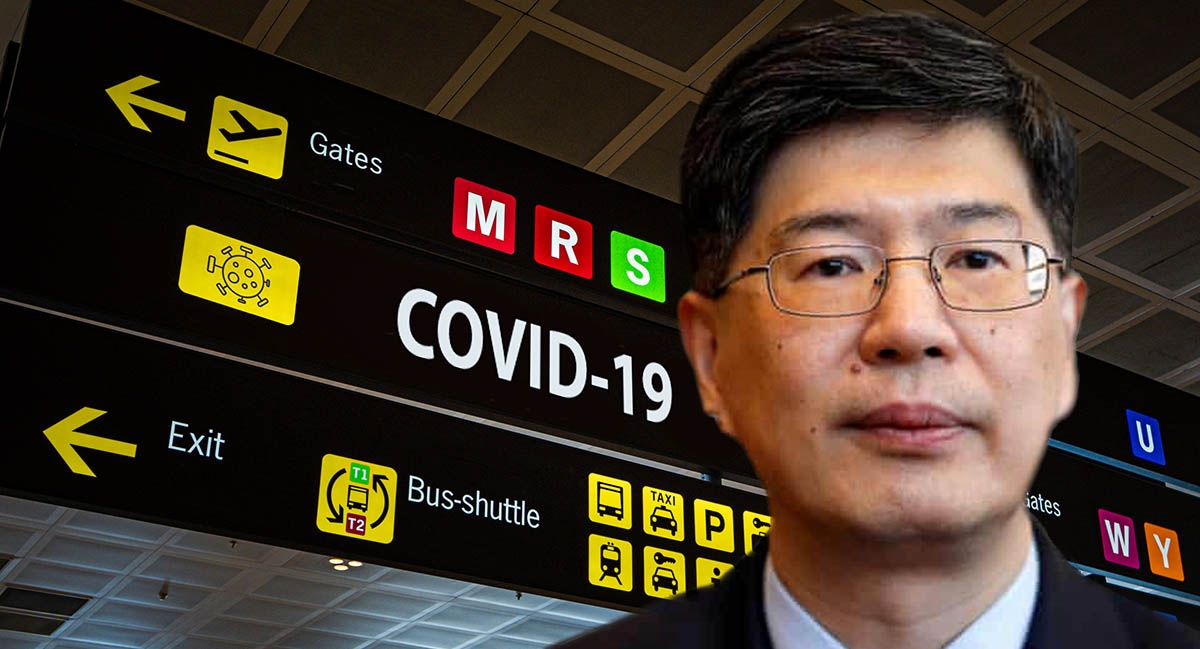
Why do we still have to fight for basic accessibility?
By Luca Patuelli
New infrastructure funding should be tied to accessibility standards
People with disabilities have to fight for basic accessibility every day – and it's exhausting! I live with a disability that requires me to use crutches to get around. I work as a dance educator with students that have various disabilities. I’ve learned first-hand that ‘accessibility’ is a word that is thrown around plenty but largely ignored in practice. It’s time this changed.
We live in a society with so much abundance of knowledge and experience to create accessible spaces for all, yet we are still so far behind. Accessibility is a basic right, enshrined in the Accessible Canada Act, adopted in 2019 to create a barrier-free Canada and enable the full and equal participation of persons with disability in all aspects of life. Canada also joined the United Nations Convention on the Rights of Persons with Disabilities to protect and promote the rights and dignities of pers with disabilities “without discrimination and on an equal basis with others.”
Yet I still encounter inaccessible spaces almost every day.
Canada should be a leader in accessibility. Our governments could help make it happen. Now that the Liberals have won another mandate federally, they should stay true to their promises and fast track The Canada Disability Benefit and put the Accessible Canada Act into action.
There are also significant infrastructure spending initiatives planned post-pandemic, involving all levels of government. This infrastructure funding must be tied to accessibility standards. There are no longer any excuses for spaces that are designed to prevent the full participation of every Canadian – especially with tax-payer dollars.
Let me give you a recent example. I attended a University sports complex in Montreal, but in order to access the elevator, I needed to go through a locked security entrance that requires a key card (which I don’t have). As an occasional user of this space, a security guard needed to escort me to open the door.
When I was done my session, I had to come back up using the same elevator. But in order to get out of the space between the elevator and the building exit, I needed to wave down a security guard from the other side of the door. I was locked in.
What if there was an emergency and we needed to exit in a hurry? What if the security guard was not available or didn’t see my frantic waving? How would I exit the building?
When I approached the University with my complaint, the immediate response was, “We’ve never had a situation before. And we don’t have many people with disabilities on campus using this space.” Gee, I wonder why.
There are so many more examples. The restaurants with an “accessible bathroom” located on the second floor, and in order to get to it, you needed to leave the restaurant and use an elevator attached to the building.
Then there’s winter, when the snowplows clean the streets but leave huge piles of snow in the handicap parking spaces. Or how about the automatic door buttons that don't work half the time. The list goes on and on.
A recent Angus Reid poll in partnership with the Rick Hansen Foundation found that 86 per cent of persons with disabilities report having their daily activities impacted by their condition. This is not a surprise to me.
What does come as a pleasant surprise is that four in five Canadians (those living with and without disabilities) believe Canada should implement a harmonized national standard of accessibility. And a whopping 92 per cent of Canadians believe that taxpayer funded infrastructure projects should be held to the highest standards of accessibility. It’s time.
An accessible Canada is good for those with disabilities, but it also good for seniors, for parents with strollers – it welcomes everyone.
Now that the election is behind us, I truly hope that we can come together as a society, united in working together to improve conditions for people with disabilities.
Luca “Lazylegz” Patuelli has been dancing (B-boying) since he was 15-years-old. He has been featured on Ellen, So You Think You Can Dance Canada, America’s got Talent, and many more. Luca is the founder and creator of the ILL-Abilities™ Crew, an international B-boy crew comprised of the world’s best “ILL-Abled” dancers. Luca also co-founded Projet RAD which was Canada’s first inclusive urban dance program offering people of all ages, all abilities the possibility to participate in accessible dance studios.
Photos: Jerick Colantes









